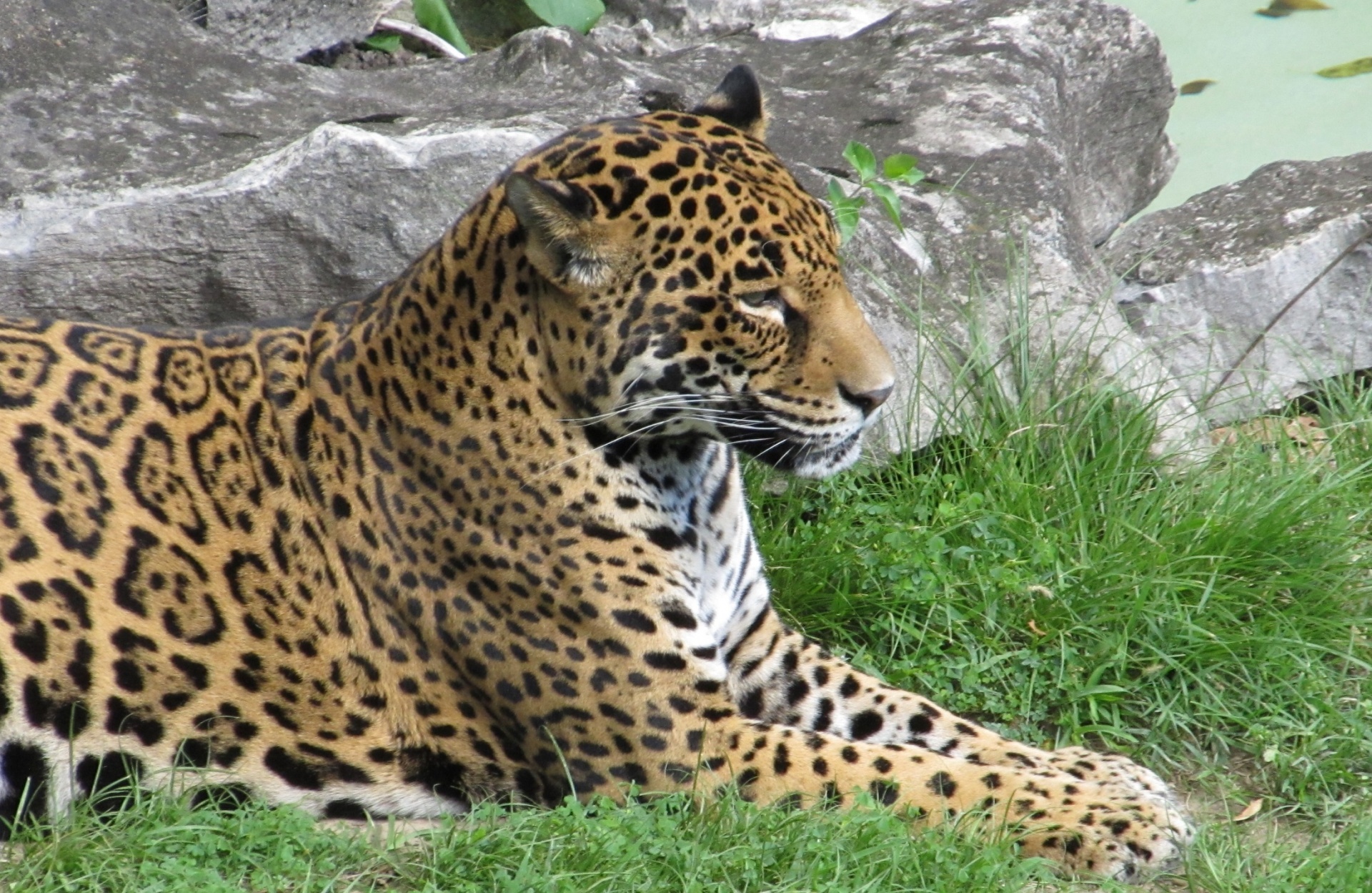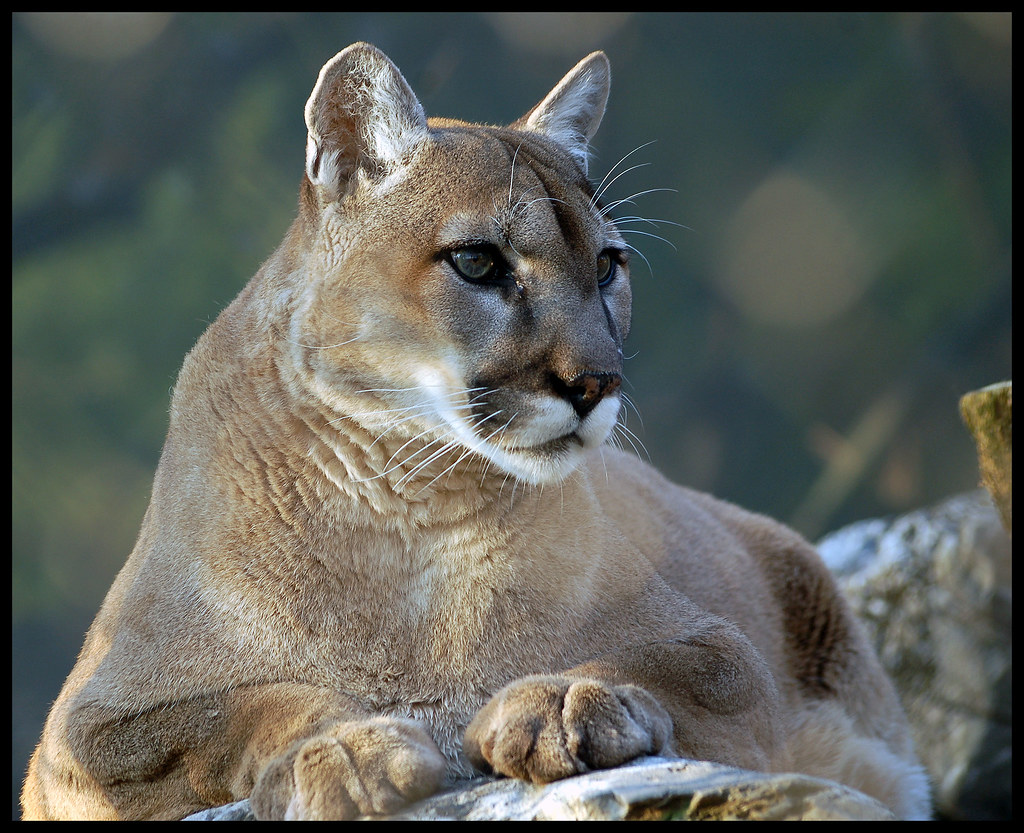Jaguars – World Jaguar Day was on the June the 11th
 |
| Although Jaguars prefer the jungle - they can make themselves just as at home in savanna |
-Image Public Domain by Velke
The Jaguar is found only in the Americas – rarely in the USA, but 18 other countries, from Mexico, through Central America and as far as Paraguay. Until 1973 when the UN Convention on the International Trade in Endangered Species began brought the fur trade to an end, as many as 18,000 were killed each year, so that they have practically disappeared from the USA – no breeding populations have been seen for 50 years. Having also disappeared from El Salvador and Uruguay and with the population reduced to around 15,000 individuals, they are now regarded as Near Threatened. Despite being protected in several countries, it still falls victim to ranchers and poachers.
While it prefers rainforest, the Jaguar doesn’t mind open grasslands either and unlike most cats, the Jaguar enjoys a swim. It can also use its powerful body to haul prey the size of a heifer up into trees to keep it away from floods. Read more about them here. See also Jaguars Forever (below) which teaches ranches how to live peaceably with these superb creatures.
International big cat protector Panthera has partnered with 11 of the 18
countries to create a Jaguar corridor throughout
its range and conservation efforts between the United States and Mexico have also
been successful at protecting a small population of cats in mountains of
Sonora, Mexico. Other organisations which help Jaguars can be found here.
Cougars and Pumas are celebrated on June 12
 |
| Puma |
-Image by Farm 7 static Flikr
The Cougar/Puma/ Mountain Lion/ and all the other names, is the big cat of the Americas where it is found from Canada, and all the way through Central America to South America. It is the fourth largest of the big cats. and goes by many names reflecting both its broad geographic range, different colourings and the fact that there are six major subspecies, not counting the Florida Cougar. They are so varied in fact, that there were originally presumed to be 32 subspecies but genetic analysis has narrowed them down to six, with the Florida Cougar (see below) a possible 7th. They are as follows:
- North America (Puma concolor couguar)
- Costa Rican Cougar (Puma concolor costaricensis) – Central America
- Eastern South America (Puma concolor anthonyi)
- Northern South America (Puma concolor concolor)
- Central South America (Puma concolor cabrerae) – also called the Argentine Puma
- Southern South America (Puma concolor Puma)
- These are from Big Cats, Wild Cats
.jpg/1200px-Cougar_-_panoramio_(2).jpg) |
| The North American model |
-Image by panoramio per Wikimedia
While their colouring varies as widely as their names, one of the things they usually share the black trim on their ears and tail. Cougars can purr, but not roar and their powerful hind legs enable them to jump up to 18ft high or across a distance of 45 feet. Their strong jaws enable them to rip through bone, muscle and sinew. While the jungle suits their stealth hunting technique, they are equally at home in high mountains or lowland grasslands and swamps. Find out more here
Human hunters are the main threat to Cougars but the Florida Cougar is often killed on roads.
 |
| Critically Endangered - The Florida Cougar |
-Image by C1 staticFlikr
The Florida Cougar
A
subspecies of the Cougar– the Florida Cougar is Critically Endangered with
only 100 or so left in the wild. It starts off with spots and blue eyes, but as
it gets older the eyes turn yellow and its coat becomes a tan colour. It has a
number of its own conservation societies. Click here for more.
Comments